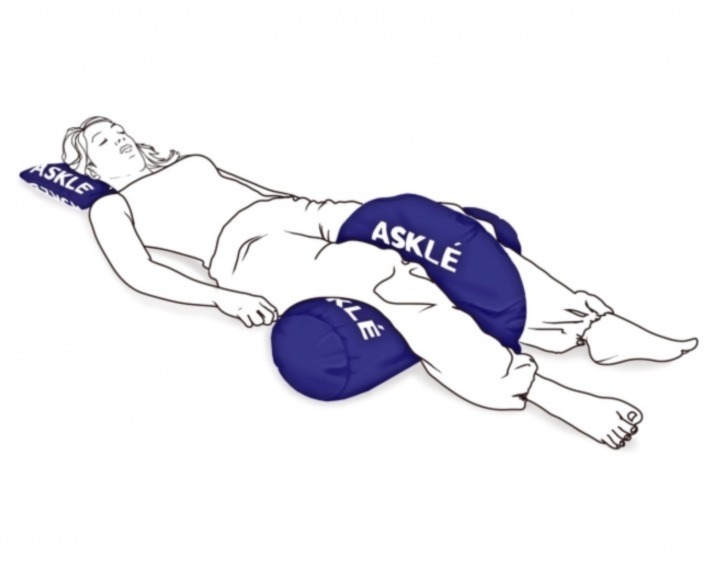#StopThePressure: How to Prevent Pressure Sores
 World Wide Pressure Injury Prevention Day occurs every 3rd Thursday in November, with the aim of the day being to increase awareness of pressure sores, what causes them, and how they can be prevented in medical environments, such as care homes and hospitals.
World Wide Pressure Injury Prevention Day occurs every 3rd Thursday in November, with the aim of the day being to increase awareness of pressure sores, what causes them, and how they can be prevented in medical environments, such as care homes and hospitals.
Pressure ulcers, also known as bed sores, develop when there is too much pressure on the skin from the body being in one position for too long. Not only do these sores cause pain and discomfort, they also make patients more prone to infections, such as cellulitis, meningitis, and endocarditis.
The most common areas for bed sores to occur are the hips, tailbone, elbows, and heels because these areas contain little muscle or fat. When the body is not moving as much as normal, it can hinder blood flow to these areas, depriving the skin of nutrients and oxygen, which can lead to pressure sores developing.
The good news is that pressure sores can be prevented - below is a guide to the steps that you can take to make the development of pressure sores less likely.
Change positions
When positions are changed often, there is less pressure on the skin, which makes the development of pressure sores more likely, even in people who are bedridden. It is important to reposition the body every couple of hours at least, ideally more frequently than this to help reduce the risk of pressure sores even further. If a person cannot move themselves, it is down to their care team to move them on a regular basis to help prevent bedsores from developing.
Ensure skin is clean and dry
The cleaner and drier skin is, the lower the risk of pressure sores developing. It is important that residents in care homes or patients in hospitals who are bedbound are kept clean, and after being washed, after carefully dried from tip to toe to prevent bed sores and their associated problems.
Use pillows and postioning cushions strategically
Another effective way to make the occurrence of bed sores less likely is to strategically place pillows between areas of the body. Placing pillows or positioning cushions under areas that are prone to developing bed sores can help to ensure that there is not too much pressure on these areas. Click here to view our range of positioning cushions.
Make exercise a priority
When bedridden, the idea of doing some exercise - even gentle exercise - can seem impossible. However, simply doing a few small, range of motion exercises can have a big impact on the likelihood that bed sores will develop. Even the simplest exercises like lifting one arm and then the other, followed by gently lifting each leg, can help. Repeating gentle exercises can really help to reduce the risk of bed sores developing.
Invest in pressure sore prevention beds
Another thing that can help to prevent pressure ulcers from occurring is investing in a dynamic mattress system. These mattresses and beds are made to reduce the risk of fragile skin from developing bed sores. Specialist mattresses like the Hybrid Power Static / Dynamic Mattress System which has pressure distribution qualities, which help to prevent pressure sores from developing.
There you have it, everything that you need to know to prevent pressure sores from occurring.





